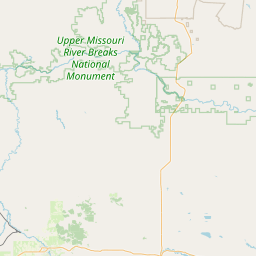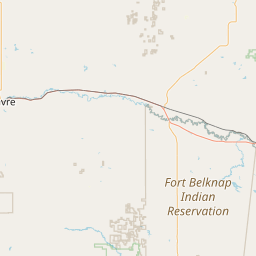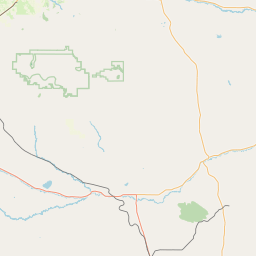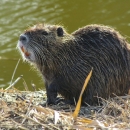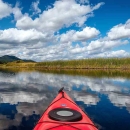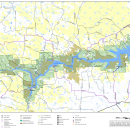
During a routine inspection in March 2024, Refuge staff observed erosion around the footings of the Duval Bridge. The level of erosion was significant enough that continued access posed an immediate threat to public safety, requiring closure of the bridge. The U.S. Fish and Wildlife Service considers public safety a top priority and has hired a contractor to complete the necessary bridge repair. Work is expected to be complete by late summer 2025.
To access the Rock Creek boat ramp and Slippery Ann camping areas, use the north Auto Tour entrance between mile markers 98 and 99 on US 191. The bridge closure does not affect access to the James Kipp Recreation Area and anglers may continue to fish and launch watercraft at the Recreation Area. Please visit our Library for a map of the alternative route.
Visitors should be aware that the alternative route is a gravel road and will add travel time. Please use caution and abide by posted speed limits and be sure to use headlights when driving in low light conditions.
We will keep the public informed with updates as we learn more.
Visit Us
Charles M. Russell National Wildlife Refuge provides a rare opportunity to experience wild lands and wildlife in a natural setting and in nearly the same surroundings as encountered by the Lewis and Clark Expedition in 1805. Many wildlife-oriented recreational opportunities are offered at Charles M. Russell Refuge, including hunting, fishing, camping, and hiking.
At the Fort Peck Interpretive Center, a cooperative effort between the U.S. Army Corps of Engineers and the U.S. Fish and Wildlife Service, visitors can explore the wildlife of the Refuge as well as the rich history of the area, from dinosaurs to the building of the Fort Peck Dam.
Location and Contact Information
- Charles M. Russell National Wildlife Refuge HeadquartersView Details333 Airport Road PO Box 110 Lewistown, MT 59457
- Fort Peck Field StationView Details270 MT Hwy 117 PO Box 166 Fort Peck, MT 59223
- Sand Creek Field StationView Details8407 Hwy 191 North PO Box 89 Roy, MT 59471
- Fort Peck Interpretive CenterView Details157 Yellowstone Road Fort Peck, MT 59223
About Us
Charles M. Russell National Wildlife Refuge is managed by the U.S. Fish and Wildlife Service. The refuge is one of over 560 refuges in the National Wildlife Refuge System - a system of lands set aside to conserve wildlife and habitat for people today and generations to come. It is the second largest national wildlife refuge national wildlife refuge
A national wildlife refuge is typically a contiguous area of land and water managed by the U.S. Fish and Wildlife Service for the conservation and, where appropriate, restoration of fish, wildlife and plant resources and their habitats for the benefit of present and future generations of Americans.
Learn more about national wildlife refuge in the lower 48 states.
What We Do
The overall management goal at Charles M. Russell National Wildlife Refuge is to promote biological diversity and maintain the natural abundance of native plants and wildlife. Science is the foundation upon which conservation decisions are made. Charles M. Russell Refuge uses research, monitoring and the best-available science to inform its work to conserve fish, wildlife, plants, and their habitat.



